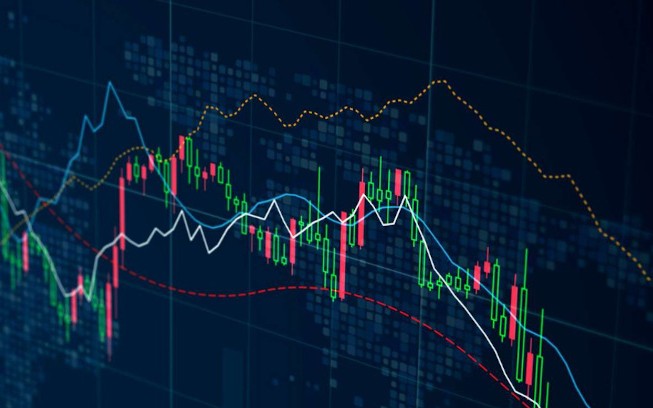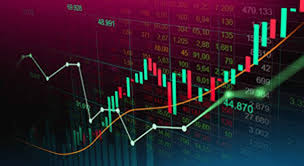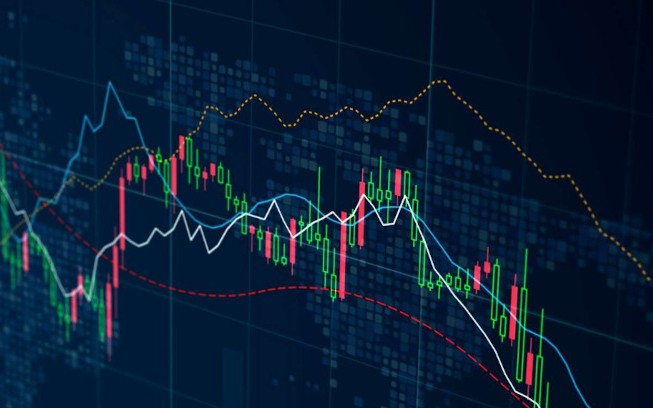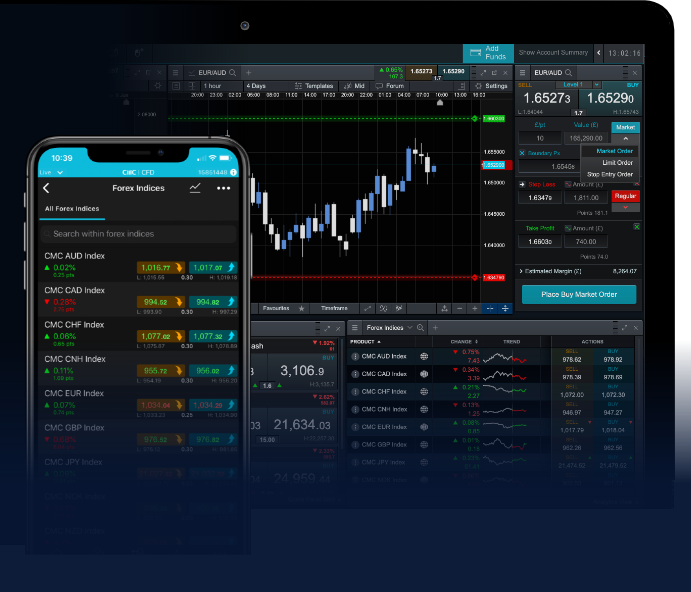
In the fast-paced world of forex trading, news serves as a vital catalyst that can trigger dramatic shifts in market sentiment and price movements. Understanding how to interpret economic data, geopolitical events, and market sentiment is crucial for traders aiming to navigate the complex landscape of currency trading. For instance, many traders turn to resources like forex trading news Forex Brokers in Saudi Arabia to gain insights into local market dynamics shaped by relevant news. In this article, we will dig into the significance of forex trading news and how to incorporate it into your trading strategy.
Forex trading news can be categorized into various types, each influencing currency pairs differently. Here are the primary categories:
To effectively utilize forex trading news, traders should familiarize themselves with the economic calendar. This calendar outlines important economic releases and events scheduled throughout the month. By keeping an eye on these dates, traders can position themselves ahead of significant market movements. Commonly followed indicators include:
Market psychology often plays a crucial role in how news is interpreted and reacted to by traders. News can create fear, greed, optimism, or pessimism, influencing trader behavior. A positive economic report may lead traders to buy a currency pair, while negative news could prompt selling. Understanding the psychological aspects of trading can give you a significant edge in anticipating market movements based on news events.

There are various strategies that traders can implement when responding to forex trading news. Here are a few popular approaches:
This involves placing trades directly before or after news releases. Traders may go long or short based on anticipated price movements resulting from the news. However, this strategy requires a deep understanding of expected outcomes and market reactions, as unexpected news can lead to significant slippage and losses.
Position traders may analyze news over a longer timeframe, focusing on comprehensive economic data rather than reacting to individual reports. This approach typically involves holding trades for days, weeks, or even months based on broader economic trends.
After significant news events, traders may look for technical indicators that align with the fundamental analysis prompted by the news. For instance, spotting a bullish trend following a positive economic report could signal a good buy opportunity while utilizing appropriate stop-loss strategies.
While trading based on news can be profitable, it also carries considerable risks:
Forex trading news is an essential component of the trading ecosystem, offering insight into market dynamics and influencing currency movements. By understanding the types of news, utilizing an economic calendar, and implementing strategic trading methodologies, traders can leverage this information to make informed trading decisions. However, it is crucial to be aware of the risks associated with news trading and to develop a disciplined approach that considers both technical and fundamental analysis. As the forex market continues to evolve, staying informed and adaptable to news will remain paramount for success.

Forex trading, or foreign exchange trading, is one of the most dynamic and interesting markets available to investors today. It involves the buying and selling of currency pairs and is one of the largest financial markets in the world. With a daily trading volume exceeding $6 trillion, the forex market offers a wealth of opportunities for traders. If you’re a beginner seeking to understand the basics of forex trading, this comprehensive guide will serve you well. For more in-depth resources, visit forex trading basics https://forex-level.com/.
At its core, forex trading is the act of exchanging one currency for another with the aim of profiting from fluctuations in their exchange rates. The forex market operates 24 hours a day, five days a week, and is comprised of a global network of banks, institutions, and individual traders. Unlike stock markets, there’s no centralized exchange for forex trading, making it accessible from anywhere in the world.
Forex trading always involves trading in pairs. Each pair includes two currencies, with the first currency referred to as the base currency and the second as the quote currency. For example, in the EUR/USD currency pair, EUR is the base currency and USD is the quote currency. The exchange rate indicates how much of the quote currency is needed to purchase one unit of the base currency. Understanding how to read and interpret these pairs is crucial for successful trading.
Successful forex trading involves not only understanding currency pairs but also knowing the different types of orders you can place:

One of the attractive features of forex trading is the use of leverage, allowing traders to control larger positions with a small amount of capital. For instance, with a leverage ratio of 100:1, a trader can control a $100,000 position with just $1,000. While this can amplify profits, it also increases risks significantly since losses can exceed the initial investment.
Selecting the right forex broker is vital for success in trading. Factors to consider include:

Two primary methods are used to analyze the forex market: fundamental analysis and technical analysis. Understanding both can improve your trading strategy:
Having a structured trading strategy is essential for any forex trader. Here are steps to help you create an effective trading strategy:
Proper risk management is crucial for long-term success in forex trading. Here are some vital risk management tips:
The forex market is ever-evolving, and successful traders are those who commit to ongoing education and adaptation. Stay updated on market news, refine your trading strategies based on performance, and learn from your mistakes. Consider joining online forums, attending webinars, and reading books on forex trading to expand your knowledge.
Forex trading can be both rewarding and challenging. By understanding the fundamentals, utilizing sound trading strategies, and implementing effective risk management techniques, beginners can greatly improve their chances of success in this dynamic market. Remember, the keys to successful trading are patience, discipline, and a willingness to learn. Good luck!